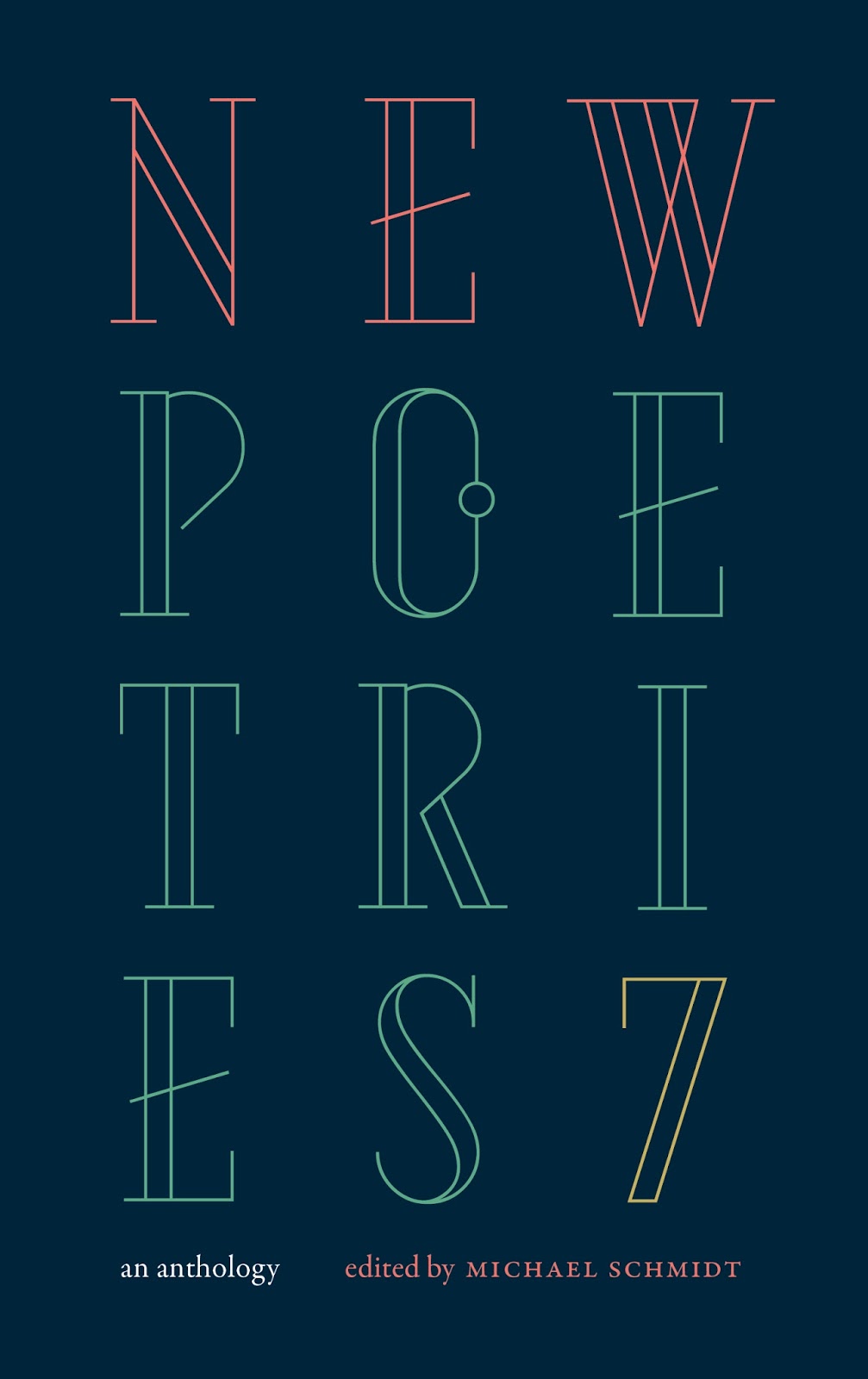
Nervi Diskografiya Torrent
( m. 1961) Partner(s) Pablo Ruiz Picasso (; Spanish:; 25 October 1881 – 8 April 1973) was a Spanish painter, sculptor,,,, poet and playwright who spent most of his adult life in France. Regarded as one of the most influential artists of the 20th century, he is known for co-founding the movement, the invention of, the co-invention of, and for the wide variety of styles that he helped develop and explore. Among his most famous works are the (1907), and (1937), a dramatic portrayal of the by the German and Italian airforces during the. Picasso demonstrated extraordinary artistic talent in his early years, painting in a naturalistic manner through his childhood and adolescence. During the first decade of the 20th century, his style changed as he experimented with different theories, techniques, and ideas.

Pablo Ruiz Picasso was a Spanish painter, sculptor, printmaker, ceramicist, stage designer. And from 1968 to 1971 he produced a torrent of paintings and hundreds of. Works by or about Pablo Picasso at Internet Archive Works by or about Pablo Picasso in libraries (WorldCat catalog); Picasso discography at. TorrentKen is the world's huge torrent search engine of 2019 with multi millions active torrent in movies, games, tv shows, music, softwares and others.
Top 4 Download periodically updates software information of huawei modem unlocker full versions from the publishers, but some information may be slightly out-of-date. Download links are directly from our mirrors or publisher's website, huawei modem unlocker torrent files or shared files from free file sharing and free upload services, including Rapidshare, MegaUpload, YouSendIt, Letitbit, DropSend, MediaMax, HellShare, HotFile, FileServe, LeapFile, MyOtherDrive or MediaFire, are not allowed! Using warez version, crack, warez passwords, patches, serial numbers, registration codes, key generator, pirate key, keymaker or keygen for huawei modem unlocker license key is illegal. Download free glo modem software.
After 1906, the work of the slightly older artist motivated Picasso to explore more radical styles, beginning a fruitful rivalry between the two artists, who subsequently were often paired by critics as the leaders of modern art. Picasso's work is often categorized into periods. While the names of many of his later periods are debated, the most commonly accepted periods in his work are the (1901–1904), the (1904–1906), the (1907–1909), Analytic (1909–1912), and Synthetic Cubism (1912–1919), also referred to as the.
Much of Picasso's work of the late 1910s and early 1920s is in a style, and his work in the mid-1920s often has characteristics of. His later work often combines elements of his earlier styles. Exceptionally prolific throughout the course of his long life, Picasso achieved universal renown and immense fortune for his revolutionary artistic accomplishments, and became one of the best-known figures in. Further information: Picasso's Blue Period (1901–1904), characterized by sombre paintings rendered in shades of blue and blue-green, only occasionally warmed by other colours, began either in Spain in early 1901, or in Paris in the second half of the year.
Many paintings of gaunt mothers with children date from the Blue Period, during which Picasso divided his time between and Paris. In his austere use of colour and sometimes doleful subject matter – prostitutes and beggars are frequent subjects – Picasso was influenced by a trip through Spain and by the suicide of his friend. Starting in autumn of 1901 he painted several posthumous portraits of Casagemas, culminating in the gloomy allegorical painting La Vie (1903), now in the. Pablo Picasso, 1905, Au Lapin Agile ( At the Lapin Agile) ( Arlequin tenant un verre), oil on canvas, 99.1 × 100.3 cm, The same mood pervades the well-known etching The Frugal Repast (1904), which depicts a blind man and a sighted woman, both emaciated, seated at a nearly bare table. Blindness is a recurrent theme in Picasso's works of this period, also represented in The Blindman's Meal (1903, the ) and in the portrait of Celestina (1903). Other works include Portrait of Soler.